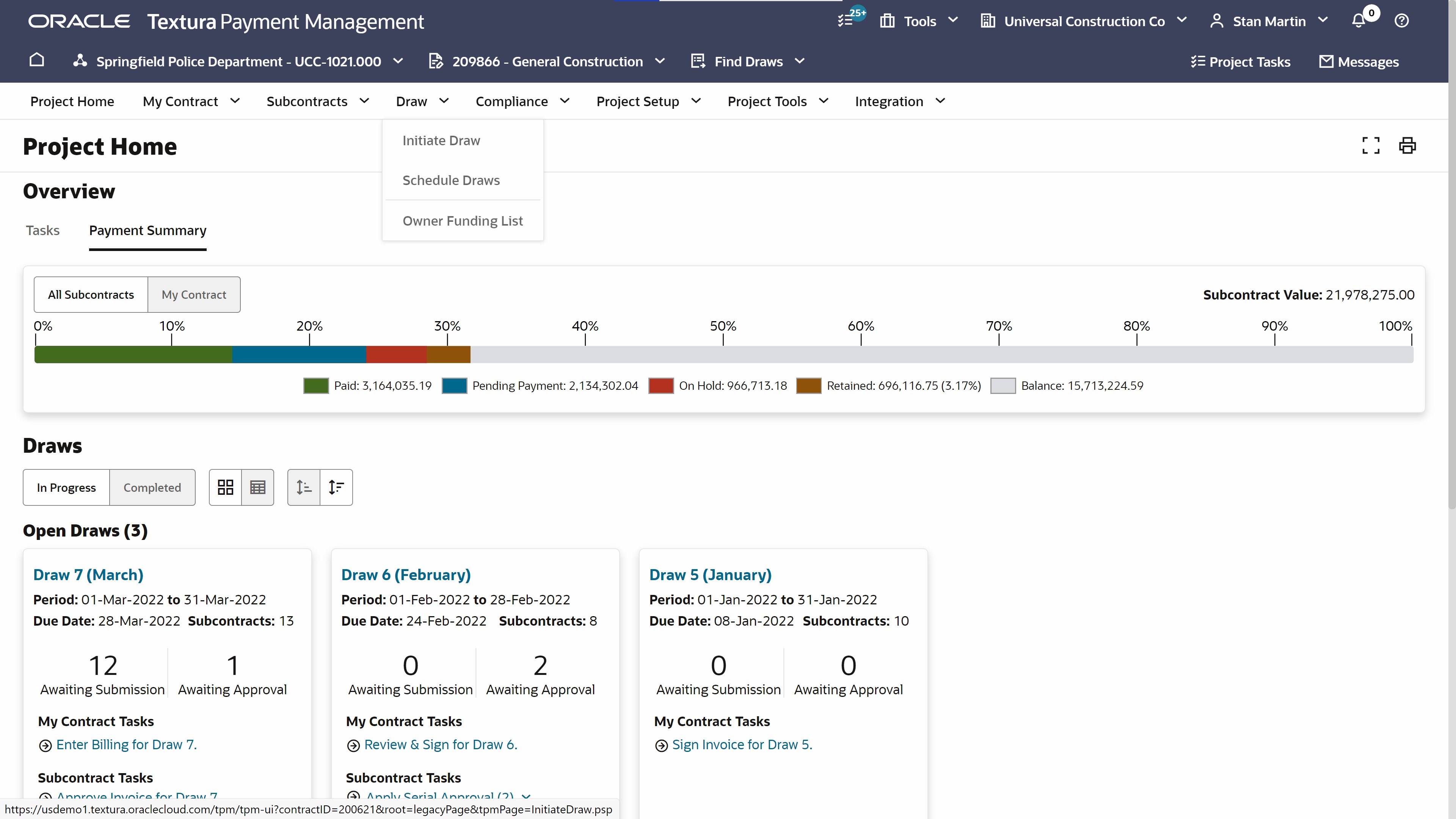As cloud-based construction payments continue to gain traction post-pandemic, McCarthy Building Cos. is standardizing its payments on the Oracle Textura Payment Management system for all its subcontractors. McCarthy chose Textura because of its ability to handle the company's large volume of payments and for its controls and management of lien waivers and compliance, says Ryan Moret, director of applications in the contractor's Dallas office.
"We had a lot of room for improvement where we were still doing paper checks," Moret says. "We had a custom ERP that we were tracking compliance items in and it had some pay application features in it. But there were a lot of processes that were being done on Excel."
He says the company's old system was Oracle-based with custom code dating back to 2008. McCarthy is switching to a combination of CMiC and SAP for its various ERP needs.
Moret says that paper checks, payment transparency and just tracking the status of checks had become too time-consuming, and it was time to standardize and use ACH transfers. McCarthy had already used Oracle Textura on more than 200 projects, with nearly 100 of those projects provisioned in a single month.

McCarthy hopes the shift to Textura will help improve transparency in its payments to subcontractors.
Screenshot courtesy of Oracle, Inc.
While the move to Textura has not been universally applauded by McCarthy's subcontractors, it is popular with most of them, notes Moret.
"We've got some subs that said, 'Finally! Thank you, this is so much easier for us, he says, adding that there are other firms who find it to be a complication.
Prime contractors such as McCarthy have been embracing more modern payment methods since the COVID-19 pandemic, when it was harder to get office personnel on site and automated processes gained wider acceptance in the industry.
The ubiquitous project payments spreadsheet, usually managed by a project manager or superintendent, has given way to cloud-based systems such as Textura, with ERP systems such as CMiC, IES and Acumatica picking up some of the work as well. For McCarthy, the move is taken as part of its larger mission to gain better insight into its own work from more transparent project data.
"[For a] transparency and data strategy where you're talking about [enabling] AI, spreadsheets don't work," Morey says. "We have to have a clear data strategy, we have to know where things are, it has to be organized, it has to be clear. Otherwise, our people, (both) up and down the chain, left and right of that chain, will plug into whatever future AI we use and it won't know what it's looking for—it'll be missing half of the information."
Moret says McCarthy is maintaining a data warehouse and is already building reports that pull from different systems. There are internal discussions as well on data governance, data quality and consistency of data capture and process. Having standardized payments that are transparent is just another step in that journey, he adds.






Post a comment to this article
Report Abusive Comment